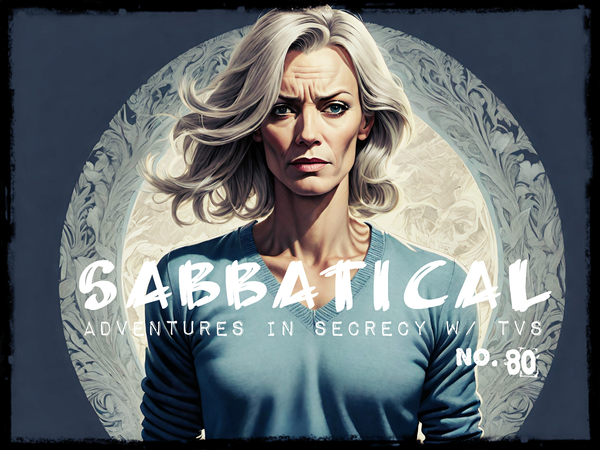Fiction as Gray Literature
Dafuq’s ‘gray literature?’ you ask.
Gray-t question, You!
<you roll your eyes, click unsubscribe>
So gray literature is basically self-publishing for non-fiction. It’s usually thought of as technical or reporting kinds of documents, like annual reports, white papers, certain kinds of research and so on. Stuff the general public is presumed to have little interest in and that even scholars will have only a limited or marginal need for.
What if we apply this to fiction?

“But, T,” you groan, “you just said that it’s self-publishing for non-fiction. We already have shitloads of self-publishing in fiction. It’s a billion dollar industry.”
Right right right. I’m telling it wrong. Let me try again.
Start with zines. This can be anything from a handmade leaflet to a full-color, print-on-demand mini-book. But it’s made outside of traditional publishing channels. It is rare. It is not necessarily easy to find or obtain. If you have one, it’s because someone else told you about it, or you just happened upon it by chance.
You sigh. “Yes, T. Those are zines.”
Okay, fine. So they’re zines. Maybe I’m talking about adopting a zining attitude toward fiction as a whole, then. Creating this gray space in imaginative literature that makes it feel more true to form: valuable. Because fiction is valuable, it just isn’t especially valued.
“You just said it was a billion dollar industry …”
Yes, though that includes non-fiction. Self-help in particular is a super lucrative genre. And ew, there’s that word.
What if we shifted the significance away from genre to oeuvre? More of a focus on the artist’s body of work, how they grow (or not) and progress (or regress) as a writer, rather than viewing them as a drug dealer for my favorite form of escape? Or as some bastion of tortured genius who fritters and wastes their life for their art?
I dunno. I’m just playing with the idea. Help me out. Tell me what you think.
Xoxo,
T
AIS 0011





